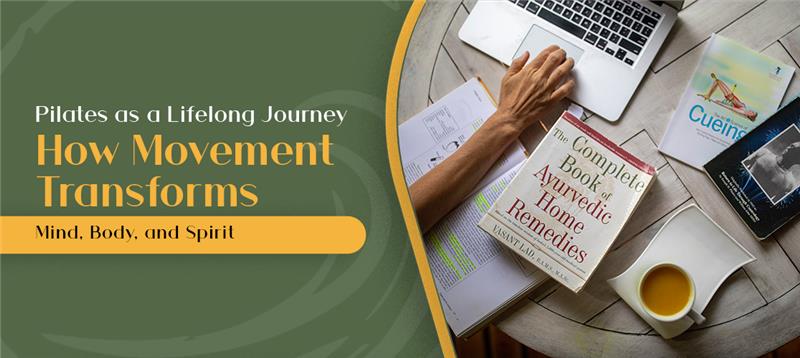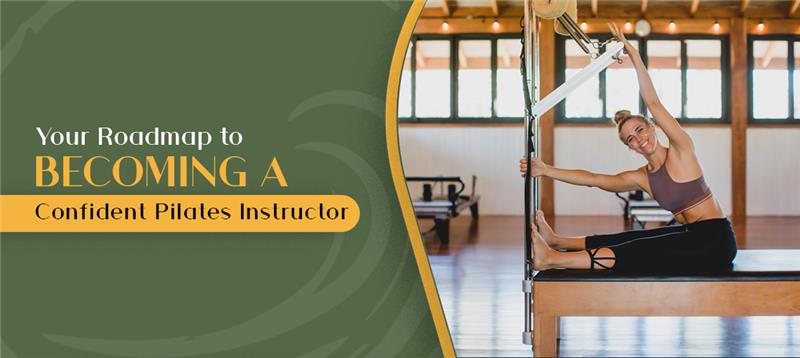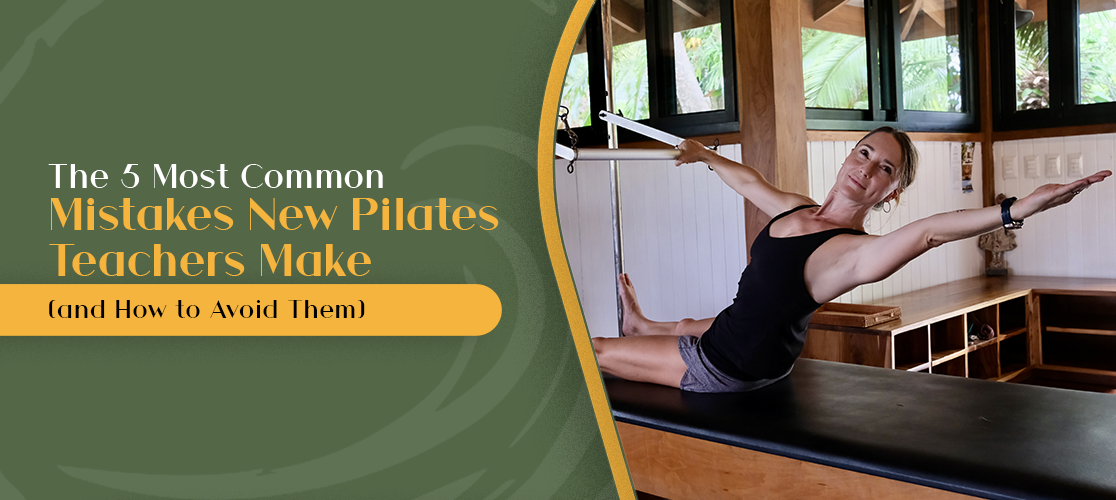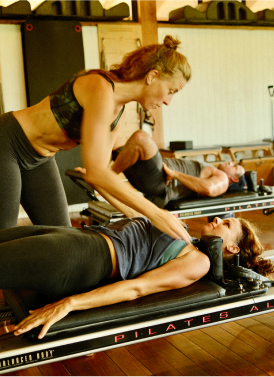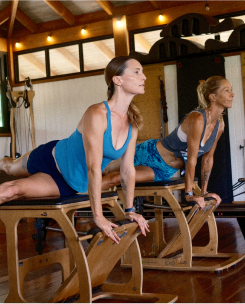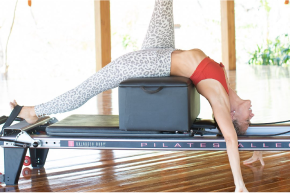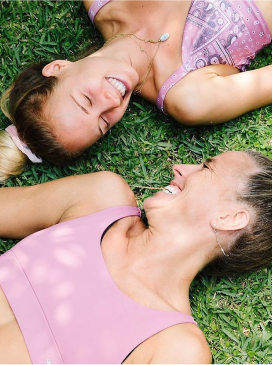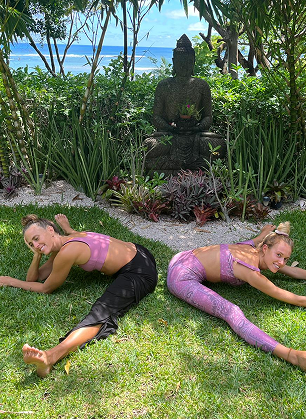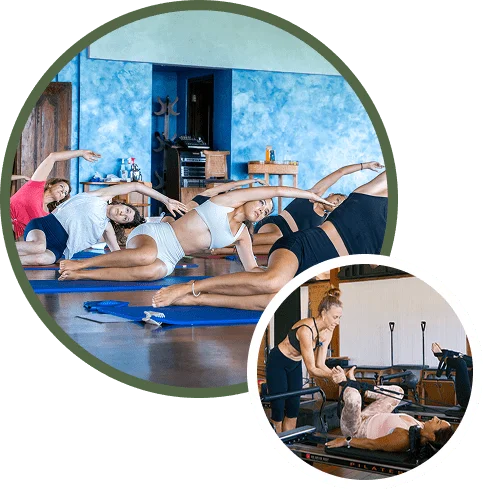We live in a world where “fitness” is often measured in short-term goals: drop ten pounds, get toned for summer, or complete a 30-day challenge. While those achievements may feel rewarding, they can also feel fleeting. Many people start strong but struggle to stay consistent because the approach is too focused on quick fixes rather than long-term transformation.
That’s where Pilates steps in. Instead of chasing temporary results, Pilates offers something deeper, a practice that grows with you at every stage of life. And the best part? You don’t need to be an athlete, dancer, or even “fit” to start. With skilled Pilates instructors guiding you, and flexible access through Pilates classes online via Zoom, you can begin wherever you are today.
How Pilates Can Transform Life
Pilates Helps You Function Better
Pilates is often misunderstood as another trendy workout. In reality, it’s a system designed to help your body function better, not just look better. The method emphasizes controlled movement, precision, and breath, elements that help you strengthen your core, improve posture, and release tension.
Over time, the practice becomes much more than physical exercise. It’s a tool for grounding the mind and creating space to breathe in a busy, overstimulated world. This is why so many people who start with Pilates for fitness find themselves staying with it for life; it speaks to both the body and spirit.
The Flexibility of Pilates Online
One of the most exciting shifts in recent years has been the accessibility of Pilates online. No longer do you need to live near a studio or commit to strict class schedules. With Pilates classes online via Zoom, you can roll out your mat in your living room, log into a guided session, and experience the same attention to detail you’d expect in a studio. The online classes with us are live, and we are able to see you while you practice.
For those with busy lifestyles or anyone who finds consistency challenging, online options have removed one of the biggest barriers to sticking with a practice. It’s Pilates on your terms, making it easier to weave into daily life and keep showing up for yourself.
Teachers Who Inspire Lifelong Growth
Behind every strong practice is the guidance of passionate Pilates teachers. Unlike instructors who simply “run a class,” skilled Pilates instructors know how to meet you where you are and adapt movement to your unique body. They notice your alignment, understand your limitations, and challenge you to grow safely and effectively.
Pilates teachers at Pilates Nosara model what it looks like to live the practice, not just teach it. They embody strength, grace, and resilience that inspire their students to keep showing up. For many, the connection with their instructor is what transforms Pilates from a hobby into a lifelong path.
Provides Mental Clarity & Vitality
Unlike a fitness program with an end date, Pilates is designed to evolve with you. When you’re younger, it may help build strength and coordination. During stressful seasons of life, it offers grounding and mental clarity. As you age, it becomes a tool for maintaining mobility, independence, and vitality.
The beauty lies in its adaptability. Pilates isn’t about pushing through punishing routines; it’s about listening to your body and supporting it through every phase of life. This makes it one of the few practices that can remain relevant whether you’re 25, 55, or 85.
Spiritual Side Of Pilates
While the physical benefits of Pilates are well-documented, its spiritual side is often overlooked. Breathwork, focus, and mindful movement create a meditative quality that can help reduce stress and reconnect you with your inner self. For many practitioners, Pilates becomes a space for reflection, a moving meditation that nourishes both mind and spirit.
It’s this approach that makes Pilates stand apart. When you commit to the journey, you’re not just exercising; you’re investing in a practice that supports your overall well-being on multiple levels.
Starting Your Own Journey
If you’re new to the method, begin small. Join an introductory program, explore Pilates online via Zoom, or attend our beginner-friendly studio session. The key is to approach it with curiosity rather than expectation. Trust the process and allow the practice to unfold over time.
With experienced Pilates instructors by your side, whether in-person or through Pilates classes online, you’ll gain the confidence to explore new exercises, build strength, and embrace the mindset that Pilates isn’t about perfection. It’s about progress and presence.
Final Thoughts
Pilates is more than a workout trend; it’s a lifelong journey that has the power to transform your mind, body, and spirit. The strength, clarity, and balance you build through the practice extend far beyond the mat, shaping the way you move through life.
Whether you dive into a studio experience or take advantage of Pilates online via Zoom, the opportunity to commit to yourself is always within reach. At Pilates Nosara, you’ll meet dedicated Pilates teachers who will guide and support you for decades to come. So instead of asking, “What will Pilates do for me in 30 days?” try asking, “How will this practice shape my life for the next 30 years?” That’s where the real transformation begins.

